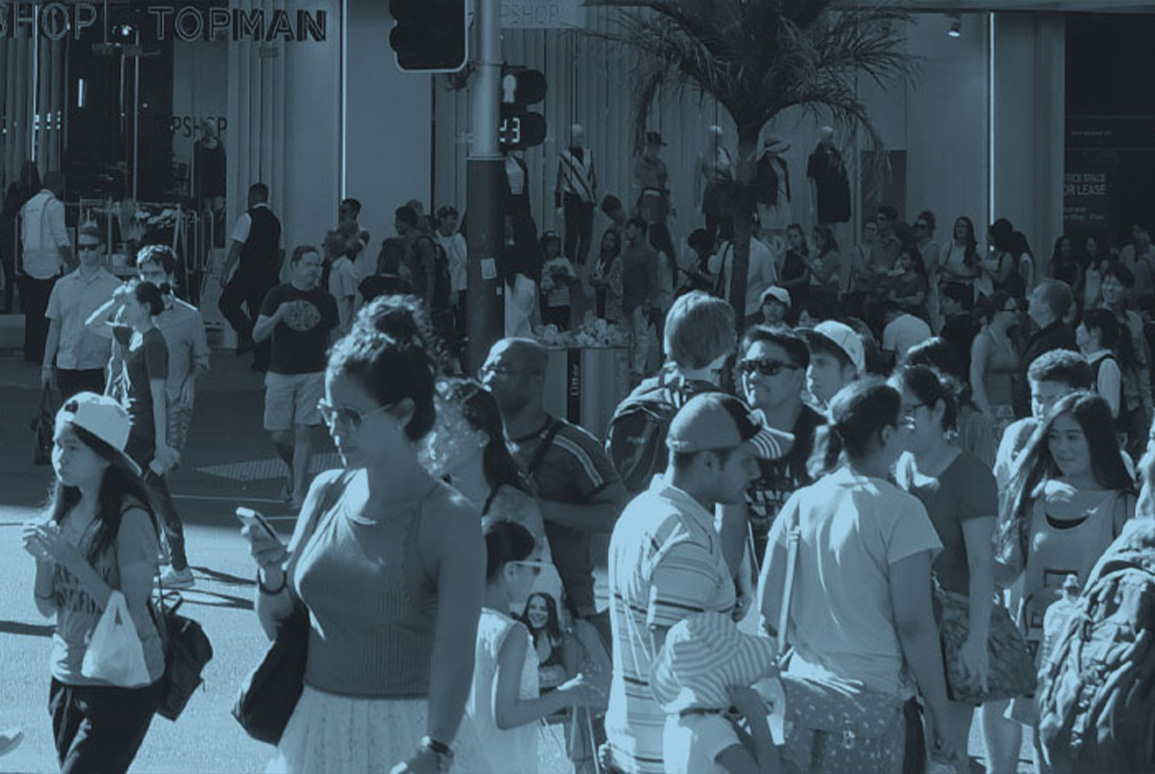Stuart Houghton emphasises the growing importance of demonstrating the economic advantages of public sector infrastructure investment. To address this, the Valuing the Urban Realm Toolkit (VURT) methodology was developed to quantify the benefits of investing in public spaces and pedestrian-friendly streets.

“Increased weight is being placed on demonstrating the economic benefits of public sector infrastructure investment,” says Stuart Houghton, senior principal and urban designer at Boffa Miskell.
“Therefore, we need a tool to adequately quantify and empirically assess the benefits of this investment, otherwise it’s just seen as ‘nice to have’ rather than essential to a well-functioning city. We need to measure and recognise the value of pedestrian-friendly streets and public spaces as places of social and economic exchange,” says Stuart.
Valuing the Urban Realm Toolkit (VURT) methodology was developed by the Transport for London urban design unit in 2016, as a way to place the public realm on par with more easily measured aspects of its transport infrastructure.
The toolkit uses the Pedestrian Environment Review System (PERS) to track changes in the physical environment, like wider footpaths and better lighting; along with changes in perceived attributes, such as personal safety, a sense of place and ‘feeling comfortable’. Such attributes encourage pedestrians to stay in a public space, rather than simply moving through it.
A dollar-figure is assigned to the various changes based on a pre-defined set of willingness-to-pay values, and yearly and lifetime user economic benefits are generated.
The toolkit is intended to inform public sector investment decisions by enabling local and regional councils, planners and designers to produce evidence that justifies expenditure on public realm projects. It measures a specific change in quality that will arise from a specific proposal; therefore, it is well placed to assist decision-makers weigh up the relative benefits of different design options in terms of benefits from walking and use of the public realm.
Earlier this year, a collaborative partnership between Boffa Miskell and the Auckland Council’s design office was formed to research the potential use of VURT in New Zealand, by applying the methodology to three real streetscape proposals in Auckland’s city centre. The Boffa Miskell research team was led by Stuart Houghton, along with Michael Nettleship and Olivia Johnstone.
The three case studies were: a future light rail transit mall for Queen Street; the proposed Karangahape Road Cycleway project; and the existing O’Connell Street shared space.
Michael Nettleship explains, “We first measured existing pedestrian data and then, using proposed improvements such as widened footpaths, dedicated cycle lanes and enhanced seating, applied VURT to predict the benefits of increased pedestrian activity and greater opportunity for people to linger in the space.”
“In all the case studies, there was a clear indication of economic benefit where designs added elements that people engage with, rather than simply passing through on their way to someplace else,” says Olivia Johnstone.
“There would have to be a few changes to the existing VURT methodology to adapt it to a New Zealand context,” says Stuart. “For example, the baseline public preferences research – in other words, what factors people attribute to a ‘good walking street or public space’ – took place in London between 2006 and 2010. PERS was also developed in the UK.
“That doesn’t mean the methodology itself doesn’t apply. It just means we’d need to validate and potentially adjust those baseline preferences by undertaking research here in New Zealand, around what Kiwis value. We think there is strong potential to take this further, helping make the case for investing more in walking and the quality of our public realm but also making sure other transport infrastructure investment is of benefit to users on two feet.”

